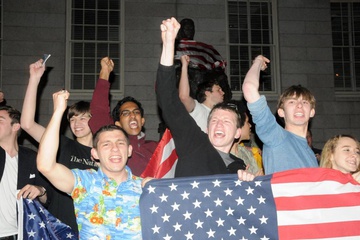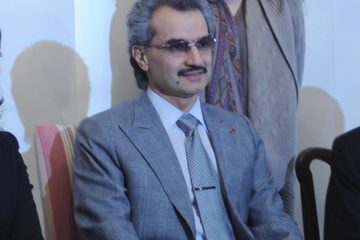In a small office on the third floor of the Barker Center, students and a few professors congregate to ponder Christianity, Islam, Taosim, and every religion and spiritual practice in between. This is the headquarters for undergraduates studying religion at Harvard, where the approach is comparative and the range of interests is vast.
What does it mean to study religion today? It is not a discipline, exactly, but a conviction that religion is an important subject to examine. Scholars and students in the comparative study of religion concentration agree on that much; they debate and discuss nearly everything else.
To keep this interdisciplinary approach at its core, the study of religion at Harvard is structured as a committee instead of a department. Scholars affiliated with the concentration come from more than a dozen different departments, including East Asian Languages and Civilizations, Classics, History of Art and Architecture, and the Divinity School.
One of those scholars is Professor of Indo-Muslim and Islamic Religion and Cultures Ali S. Asani ’77, who also has appointments in Near Eastern Languages and Civilizations, African and African American Languages, and about eight other areas. Before he became a professor, he was one of the first undergraduates to study comparative religion at Harvard. The early requirements were exacting. “We all struggled,” Asani says.
His junior year Asani shopped a class that met in a strange room, which turned out to be the office of a professor. He was the first to arrive. Ten minutes later, he was still the only student there. “The professor closed her eyes and started to talk about Islamic literature....Exactly on the hour, she stopped. ‘Any questions? Okay, good. I’ll see you next week.’” And that’s how Asani met his mentor and adviser Annemarie Schimmel, a world-renowned scholar on Islamic literature.
Those sort of arrangements characterized the early years of the concentration as it sought approval from the skeptical Harvard faculty. William A. Graham, who is still a professor at the Divinity School, came here in 1973 with the task of establishing a concentration in religion. Graham says some of the senior faculty members at the time viewed it as “the camel’s nose under the tent”—an attempt to introduce religious beliefs into the secular university. That was a fundamental misunderstanding, Graham says, and over time, “people have recognized...that religion is an object of humanistic study like literature or classics.”
Undergraduates today still encounter some confusion about what it means to study religion. Many of the students I spoke to described it as the priest/nun question. “So when are you getting ordained?” relatives will ask. Like any concentration, the reasons for their interest and their post-graduate plans vary tremendously. Alumni include bankers, journalists, and actress Rashida L. Jones ’97.
Personal beliefs sometimes prompt an interest in learning more about religion, but students often focus on a different tradition than their own. Sarah E. Wiant ’16, for example, has a Greek Orthodox mother, a Methodist father, and went to Episcopalian church growing up; she studies East Asian religion.
The students do seem to share one belief—that the concentration is excellent. I interviewed about a third of the 22 concentrators and every one of them used words like “amazing”, “best”, and “love.” They raved about professors, trumpeted the interdisciplinary flexibility, and preached about the importance of studying religion. From what I’ve seen, it might be one of the happiest groups on campus.
Director of Undergraduate Studies Courtney Lamberth has a lot do with that, students say. In the havoc of Freshmen Advising Fortnight, Sara K. Rosenburg ’16 wandered over to the comparative religion table. She talked to Lamberth, and that “refreshing” conversation led her to become a concentrator. Rosenburg and the five other sophomores are currently in a tutorial with Lamberth. They make tea together before class and have a group text to share quotes from the readings, which they insisted Lamberth join. Lamberth emanates warmth, conveying a deep, almost parental support for her students. “The classroom is an incredible place,” she tells me, and her students agree.
A little under 40 years ago, a young Asani stood not too far from Lamberth’s office. The Barker Center was the Freshmen Union back then, with a big dining hall on the first floor. On the second floor, you could play billiards. The third floor was “pretty derelict,” but there, in a back corner, was the office for the comparative study of religion. It moved around, and Asani changed departments, but when the office came back to Barker, he ended up in it.
In that office, students and scholars continue asking important questions about religion, about how understanding beliefs can help us understand history, art, literature, and the challenges of our current world. Asani put it this way: “if people cannot understand and engage with difference...it undermines the whole project of democracy.”



